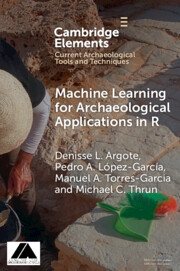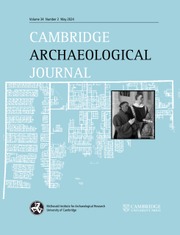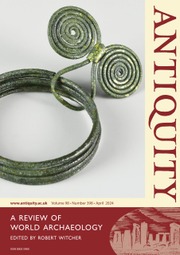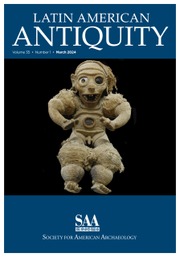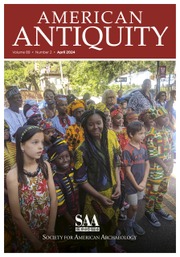Ceramic Analysis
This Element, authored by a team of specialist researchers, provides an overview of the various analytical techniques employed in the laboratory for the examination of archaeological ceramic materials. Pottery represents one of the earliest technical materials used by humans and is arguably the most frequently encountered object in archaeological sites. The original plastic raw material, which is solidified by firing, exhibits a wide range of variations in terms of production methods, material, form, decoration and function. This frequently presents significant challenges for archaeologists. In modern laboratories, a variety of archaeometric measurement methods are available for addressing a wide range of archaeological questions. Examples of these include determining the composition of archaeological materials, elucidating the processes involved in manufacturing and decoration, estimating the age of archaeological material, and much more. The six sections present available methods for analysing pottery, along with an exploration of their potential application.
Product details
August 2025Paperback
9781009530781
75 pages
229 × 152 mm
Not yet published - available from August 2025
Table of Contents
- 1. Introduction Irmgard Hein and Michaela Schauer
- 2. Visualization Methods, Microstructural, Mineralogical and Chemical Analysis Mustafa Kibaroğlu and Michaela Schauer
- 3. Material Testing of Pottery Anno Hein
- 4. Thermoluminescence as a Tool for Age Assessment and Palaeothermometry Studies of Baked Clayey Artefacts Georgios S. Polymeris
- 5. Specific Types of Ceramics: Analysis of Glazed Surfaces Judit Molera and Trinitat Pradell
- 6. Statistical Approaches to the Evaluation of Analytical Data in Ceramic Studies Anno Hein
- References.


